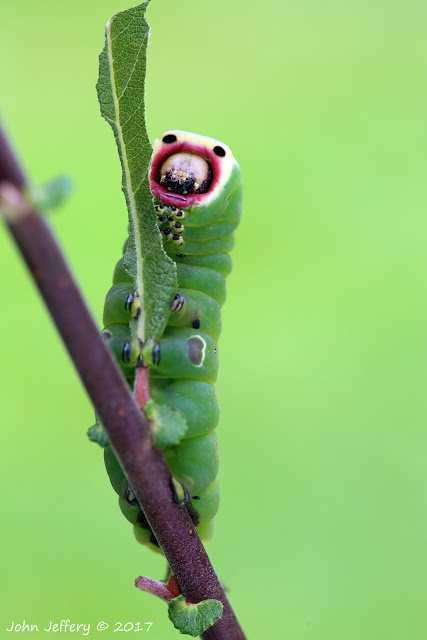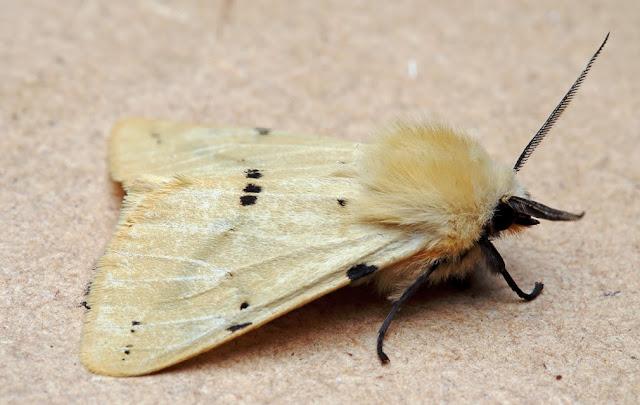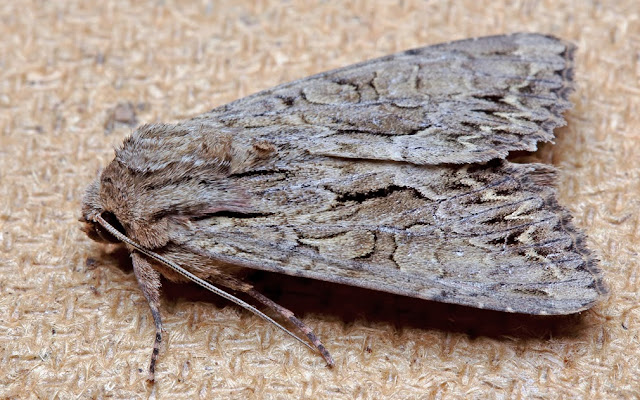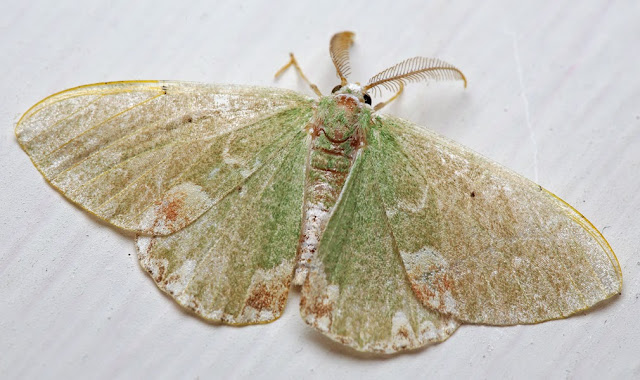Even after all these years of photographing and studying invertebrates, I am amazed at how much I miss. I think I am fairly good at spotting bugs and insects and then will be quite selective and particular about the detail and content of the resulting photographs, and yet, to this day, I still fail to spot what subsequently seems like an obvious thing.
More on that in a bit: first I want to share the results of one night of running the moth trap. On July 17th I ran the trap all night and this was the result...
If my maths (or math? as the Americans say) is correct, there are 108 here. There were a further 42 that I didn't get to photo; mostly because they were more repeats of commonplace moths. Then there were the escapees, perhaps a dozen or so that made their escape as I opened the trap. I also had six green lacewings, one soldier beetle and three wasps.
Probably one of the best nights for 3 years. Very pleased, even if it did result in a lot of work the following day.
I recently got to spend some time on Ashdown Forest. Home of Poo(h)...and there was plenty around as the cows and sheep wandered freely! It might be why the hoverfly I was messing around with, trying to capture in-flight, turned out to be a horsefly?
I also found this very teneral looking red-legged shieldbug...
And a late instar, together with an adult, tortoise shieldbug (Eurygaster testudinaria)
And on the bracken, a freshly moulted vapourer moth larva...
Finally, at one of the ponds, the largest pond-skaters I have ever seen; they were huge. A photo doesn't really give a sense of scale, but they were enormous and other people were commenting on them too...
I had better return to my opening statement now though, before I forget. I posted a photo of a puss moth larva to Flickr a few days ago and here it is reproduced below...
I was quite pleased to find this impressive larva because I rarely see them. Nothing exceptional about it, other than the fabulous colouring and size of it. Or is there? What I had failed to notice, were those tiny black dots around the 'neck' area, and one more towards the rear. I've highlighted them in the image below to make them more obvious. What are they though? They just look like bits of debris, or perhaps plant material, or even caterpillar poop, or frass as the experts call it.
What they actually are, is something much more sinister, as I was about to find out as the story unfolded.
Yes, we are talking about parasites here: or are we? Is it a parasite or parasitoid? What's the difference? Well, the answer can be quite a grey area but in general, a parasite doesn't usually kill its host (but sometimes does) and a parasitoid always does. In this case we have a parasitoid, in fact I believe it to be the Ichneumon parasitoid 'Netelia vinulae'. A classic case of this parasitoid affecting a puss moth larva was documented on the AES website in 1995 and what I witnessed here, matches perfectly.
At this stage nothing is obvious; this is the colour the larvae change to prior to constructing a cocoon....
But, try as it might, the poor thing was unable to complete its cocoon; the very same thing happened in the 1995 observation...
Just a quick reminder that these videos may not show in the emailed version of this update.
Even in this picture below, you can just see that the eggs are starting to hatch out...

The parasitoid larvae grew at quite a pace and became green in colour, suggesting that they may be feeding on the caterpillar's 'blood' (haemolymph).


I wonder if that is what this next video shows. I had originally thought it might be the digestive tract at work, but if it is, then it seems to be heading in the wrong direction?
From what I have read about the 1995 observations, the parasitoid larvae failed to pupate. However, it took almost a full month before they left the caterpillar and wandered around looking for a pupation site, at which time, unable to do so, most eventually died. It went on to say this: "Clearly the conditions provided were unsuitable. On the assumption that pupation in the wild occurred within the puss moth cocoon, the few remaining larvae were placed in a small container, but these also died without pupating".
I am still observing mine and hope they will pupate, so that I can learn about the full life-cycle first hand, but expect that the outcome will probably be the same. I will let you know either way. Incidentally, the process I have been documenting here all began on exactly the same day as the one in 1995, but one month earlier - July 12th, and so if things continue at the same pace, I will not know until August how my story ends.
I can't leave you with a story about nature at its most gruesome, and so how about something a touch more uplifting. My local wood have been devoid of blue butterflies for the past couple of years. But this year thankfully has seen them return. Maybe not in the numbers I would have liked, but it's great to see these tiny common blue butterflies once again enjoying the sunshine and all that Comfort's Wood has to offer...














































































